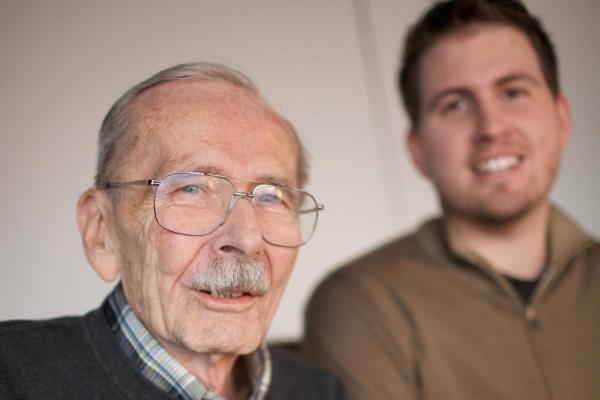Falls are one of the most widespread risks facing seniors living independently and the most common cause of injury among older Canadians. It is estimated that each year, nearly 1 in 3 seniors (age 65 and over) are likely to fall, at least once.
Falls are also the leading causes of injury-related hospitalizations among seniors, annually accounting for 85% of all injury-related hospitalizations. According to the Public Health Agency of Canada, over one-third of seniors who are hospitalized because of a fall are placed in long-term care and are never able to return home.
The statistics relating to falls convey staggering consequences that are detrimental to the long-term health and wellbeing of seniors within our community. When seniors underestimate their risk of falling, they may take risks beyond their physical ability, and place themselves at greater risk of harming their health through a fall.
Although there are real and serious consequences of having a fall, misunderstanding the risks of falling can also create its own issues. Overestimating the risk of falling may lead to reducing physical activity and mobility hesitation on the part of seniors. This can in turn increase the risk of falling because physical activity plays an important role in maintaining strength and balance particularly as individuals age.
Over the past 30 years, the Home Instead network has, in dealing with numerous situations of seniors having falls, gathered research and determined a few simple tips that can help create a safer home environment, mitigate the risks of falling and encourage healthy living, for senior loved ones.
Reduce Tripping Hazards
Studies have shown that about nearly 60% of all fall episodes happen within the home (B.C. Ministry of Health). Some examples of how to reduce tripping hazards in the home include:
- Removing clutter from pathways, including area rugs, electric wires and miscellaneous obstructions (e.g. scattered footwear)
- Arranging furniture such that there is enough linear space to walk around and that the living areas are efficient to navigate for seniors
- Using mobility assistance devices (walker, cane etc.) and handrails
- Minimizing distractions & helping the senior focus while walking.
- Making sure home and stairways are well lit. Nightlights or leaving a light on in the washroom can also be helpful.
- As washrooms can be especially susceptible areas for falls, effective preventive measures could include installing grab bars at points of entry/exit of the tub or shower area, the use of shower benches, handheld showerheads, non-slip mats and if needed, installing a walk-in shower (vs. tubs).
Active Lifestyle Support
Encouraging an active lifestyle is another way to address the risks surrounding falls for seniors. Regular exercise – especially exercises that improve a seniors’ balance and strength – can help decrease the risk of falling. Since natural aging and chronic conditions can increase the risk of falling, regular eye check ups and check-ins are also encouraged.
At Home Instead (Burnaby and South Vancouver), we understand how important it is to be mindful of the spaces in which seniors live and operate and how efficient spaces can contribute to a loved one’s health and safety.
As part of this effort, we perform extensive home safety assessments whenever a prospective client requests our services. Whether this involves rearranging home spaces to prevent falls, supporting our clients with home-based balance & mobility exercises or educating families on common pitfalls around senior mobility and balance, the team at Home Instead (Burnaby and South Vancouver) approaches each opportunity with exhaustive diligence, to help seniors within our community live vibrant and healthy lives.
To learn more about fall prevention or if you feel a senior loved one could be at risk in their home, contact the team at Home Instead – we are available 24/7.



